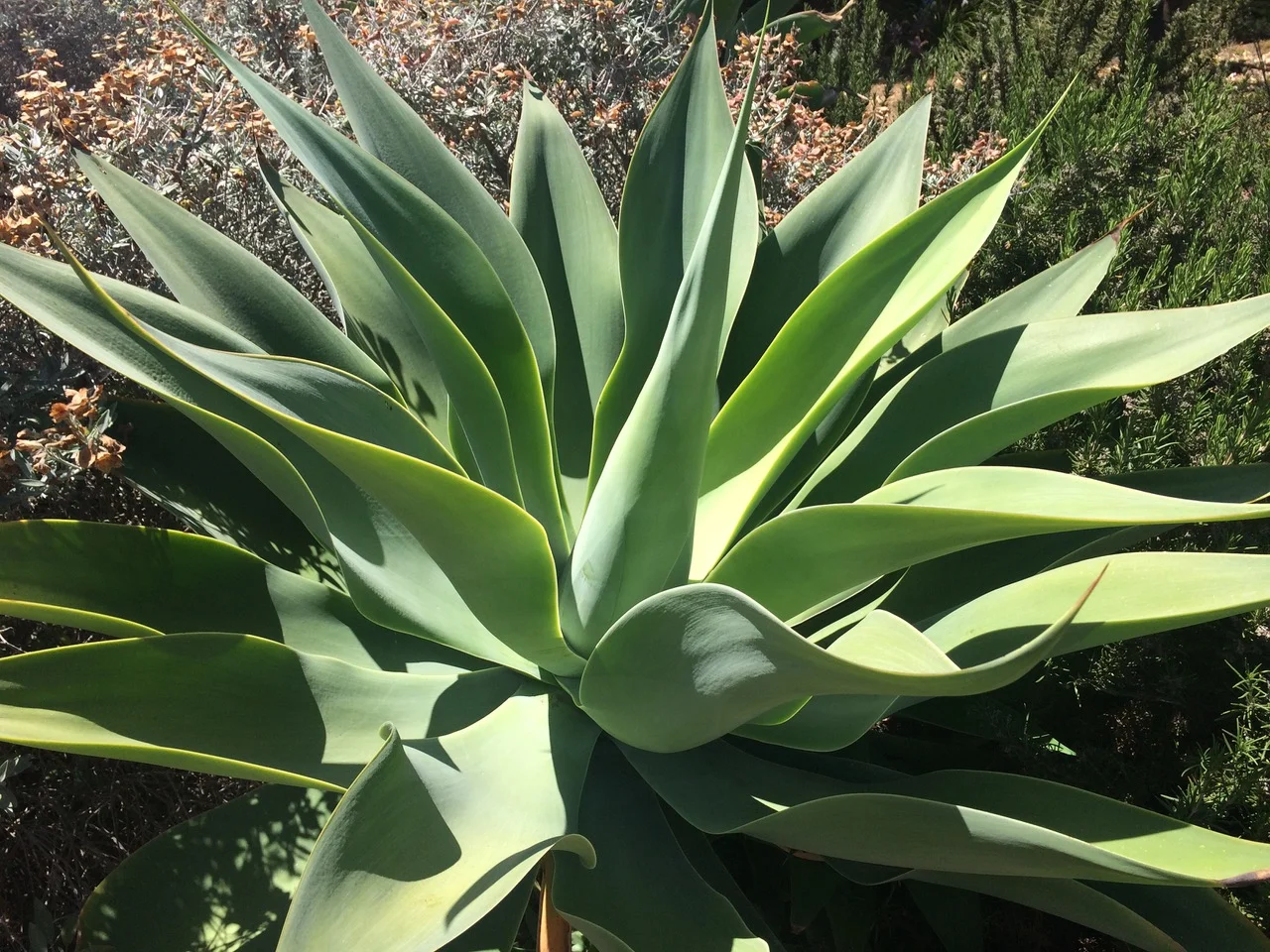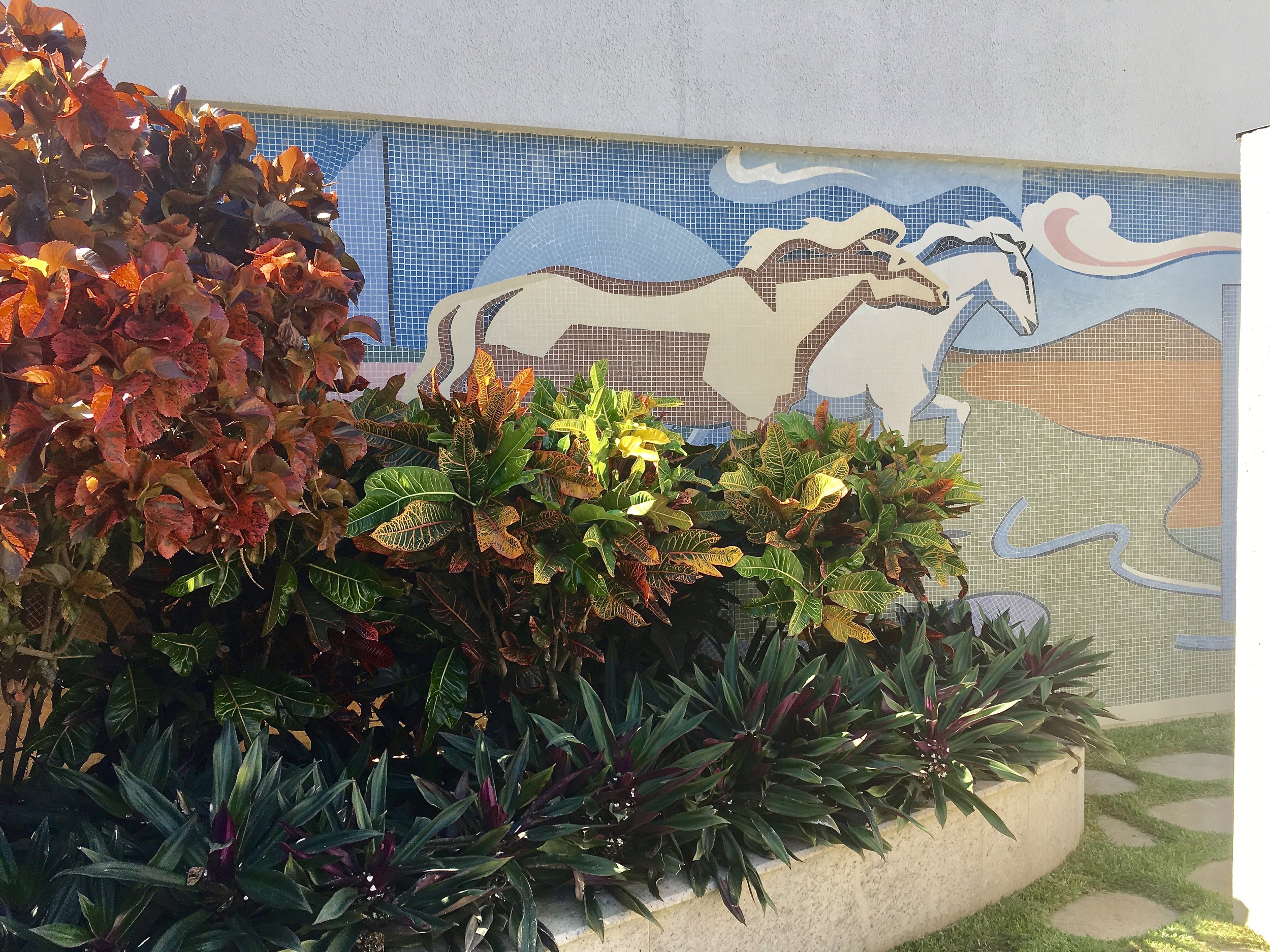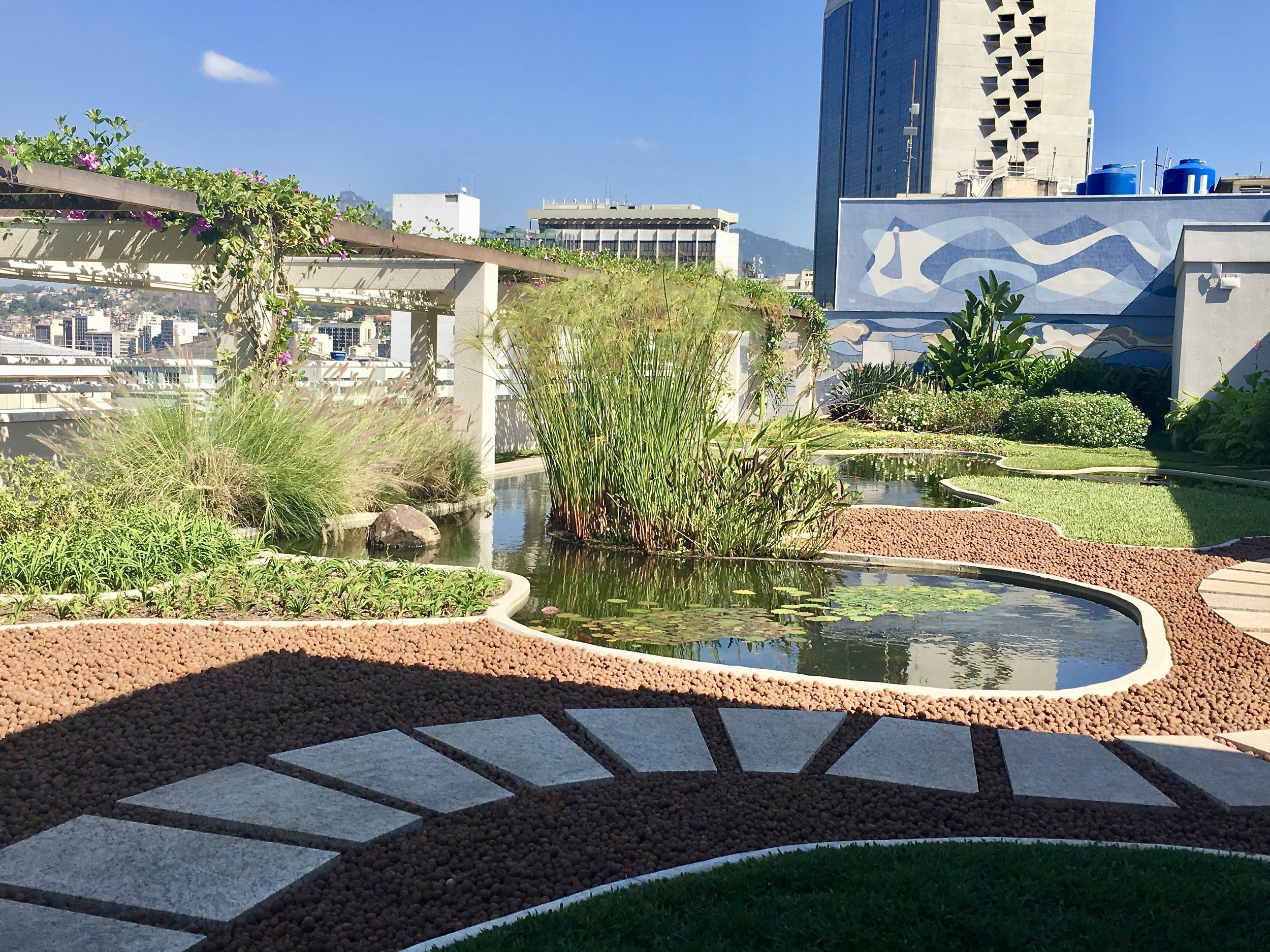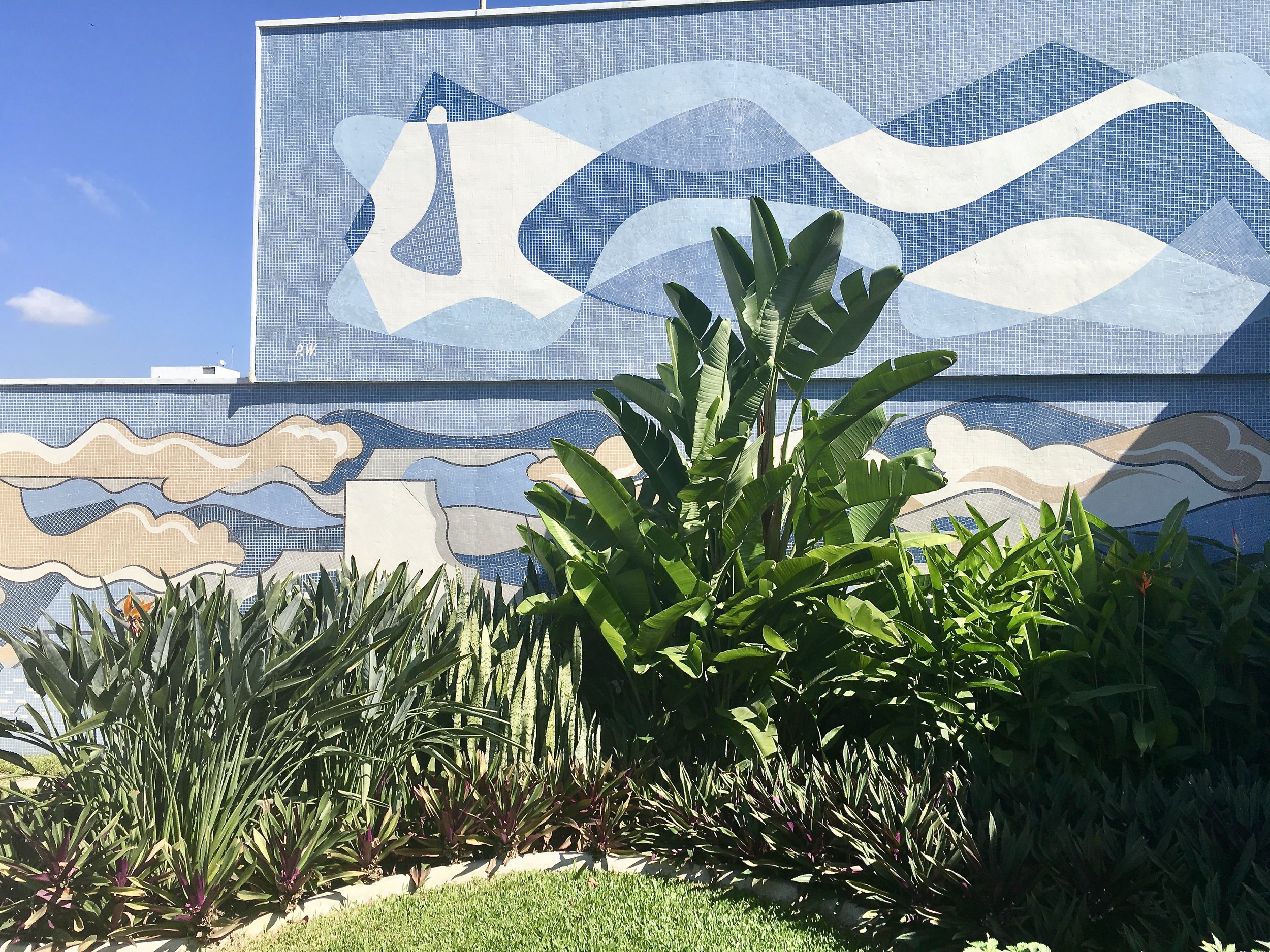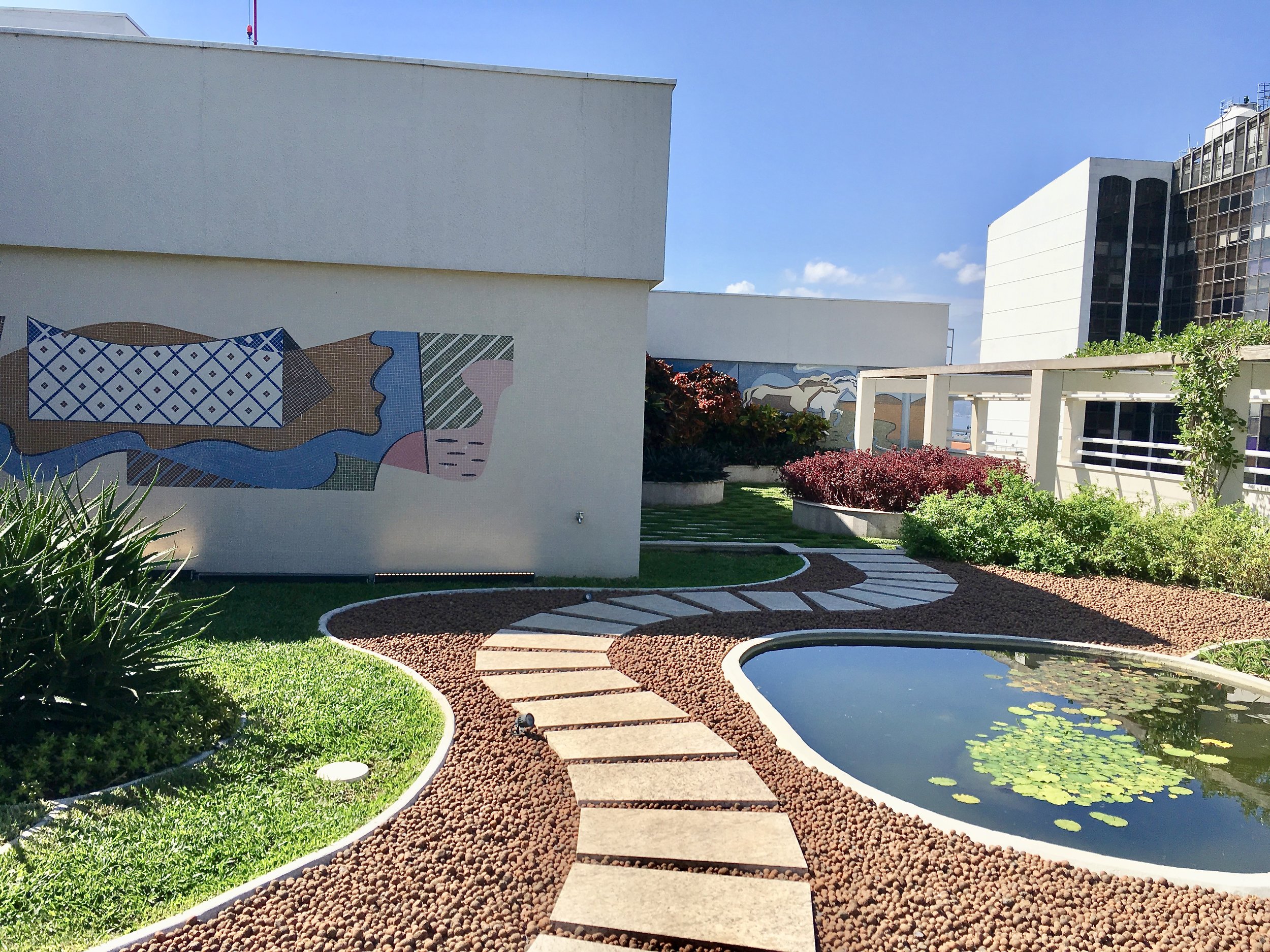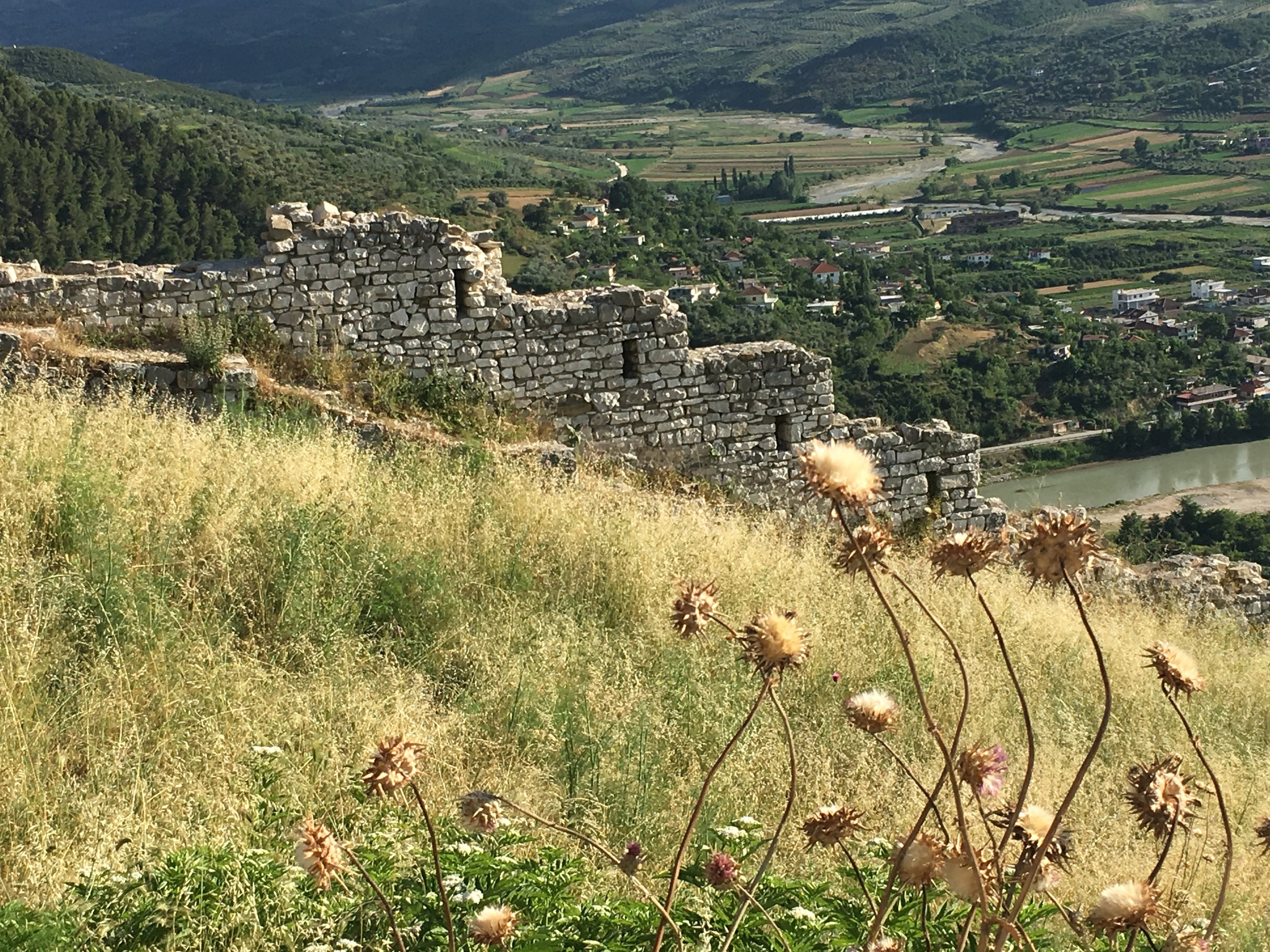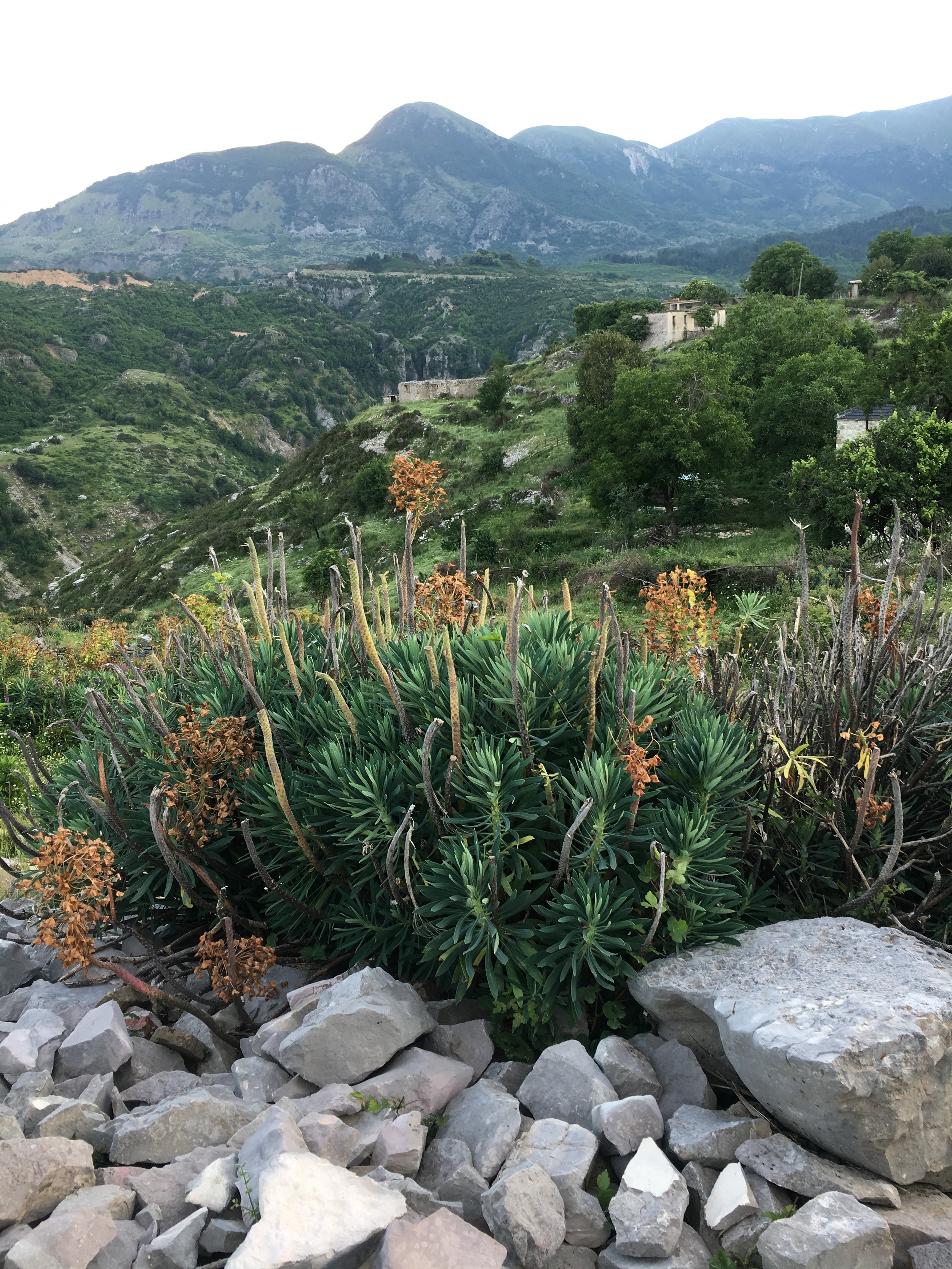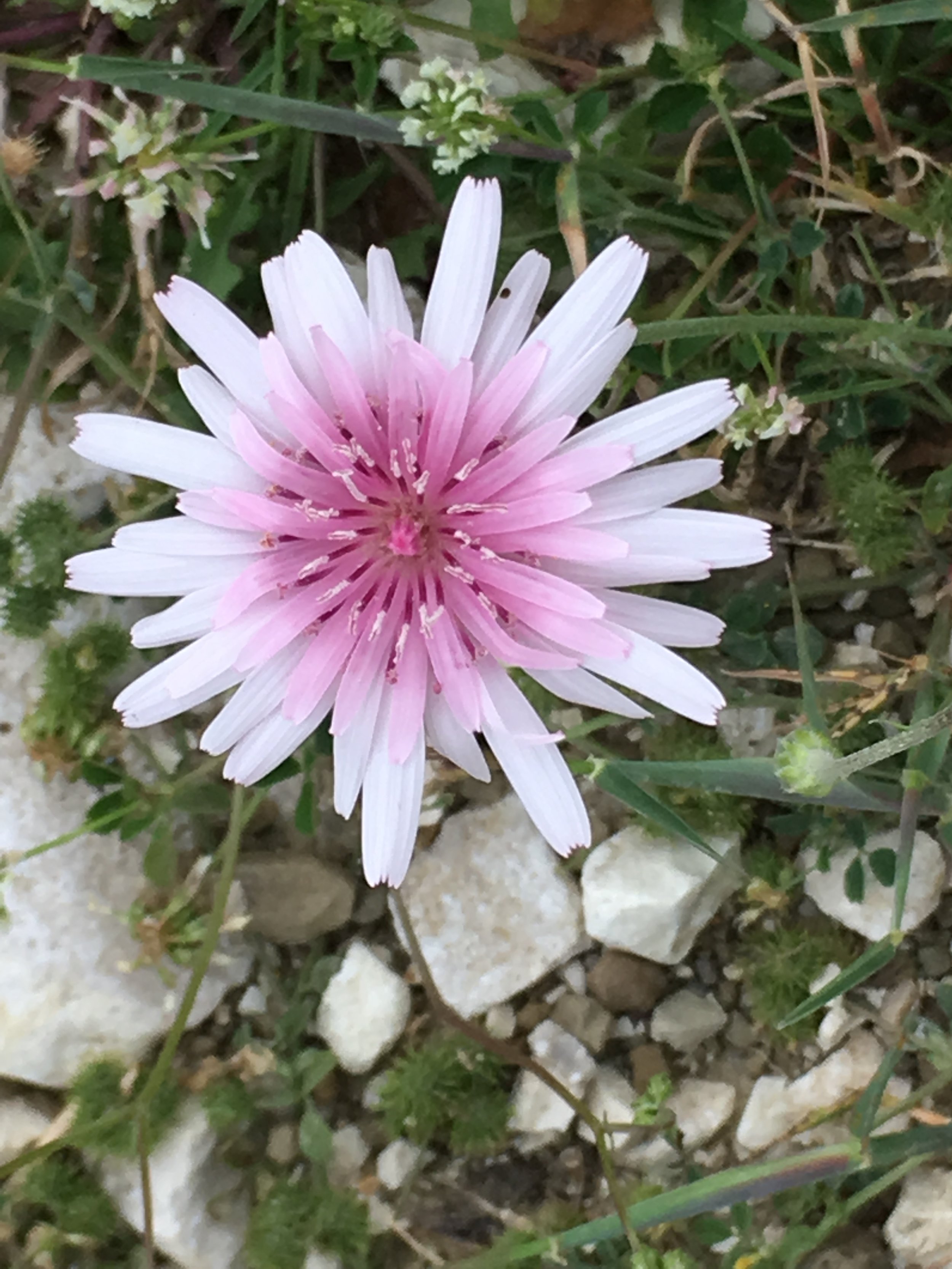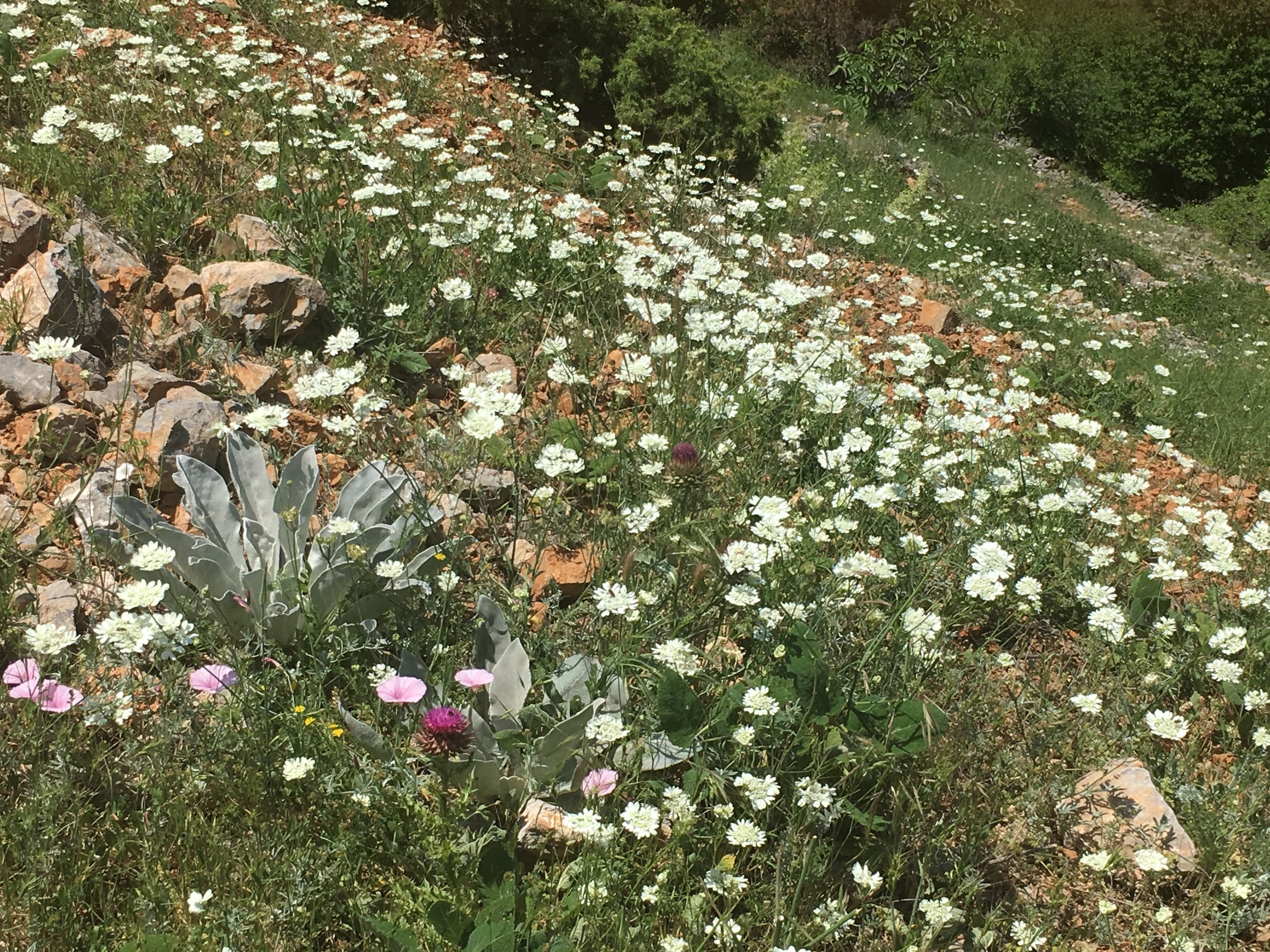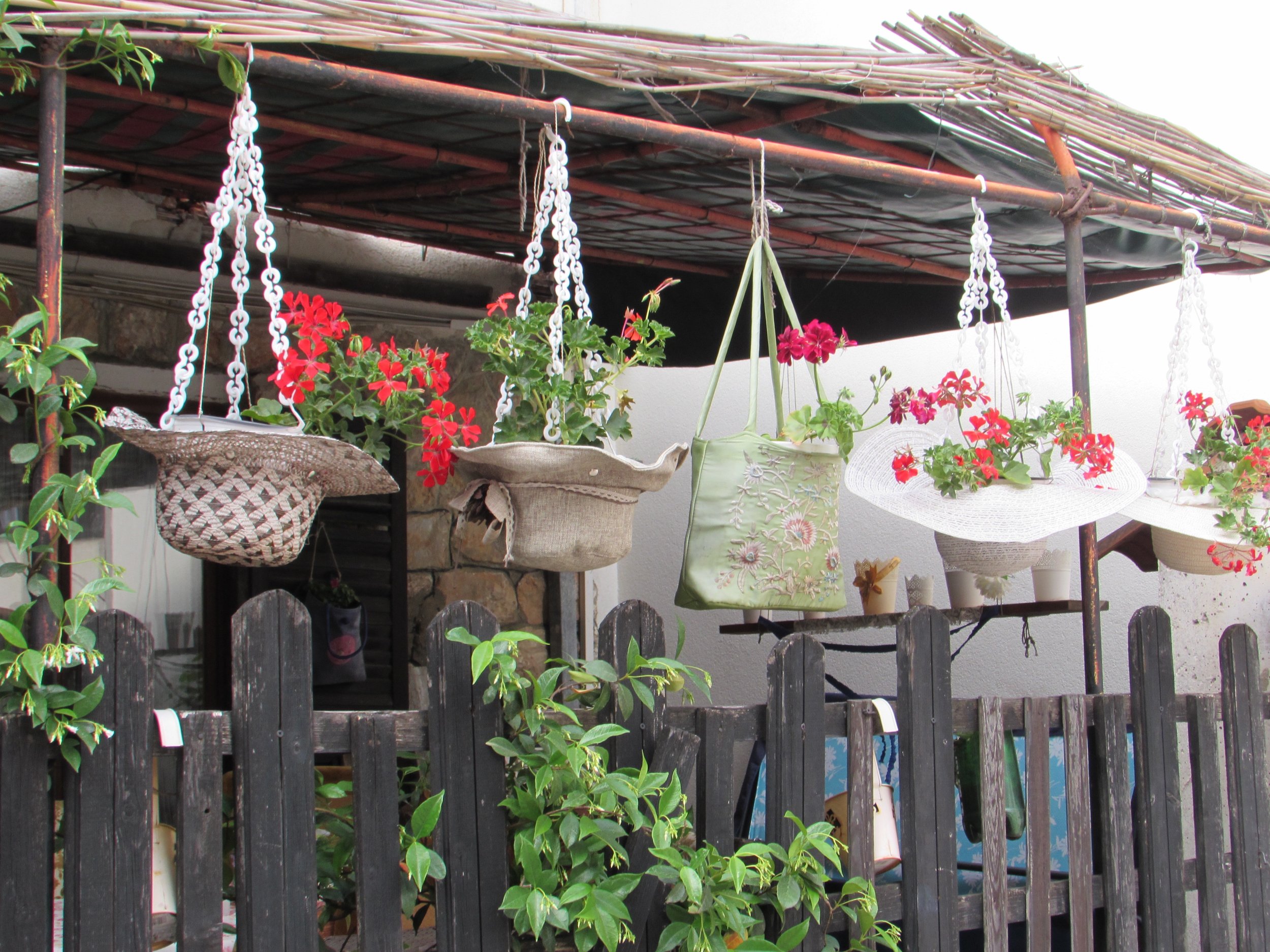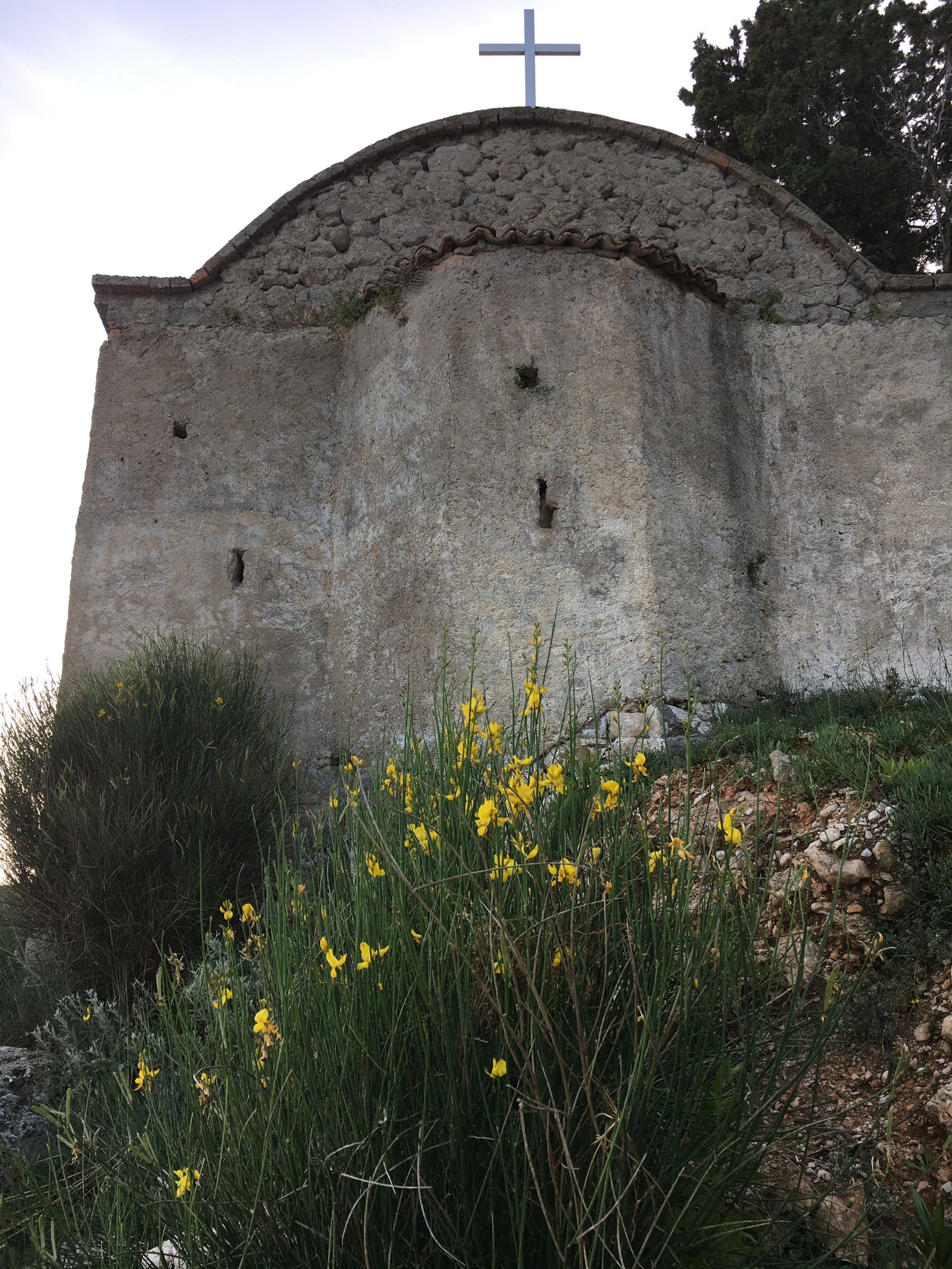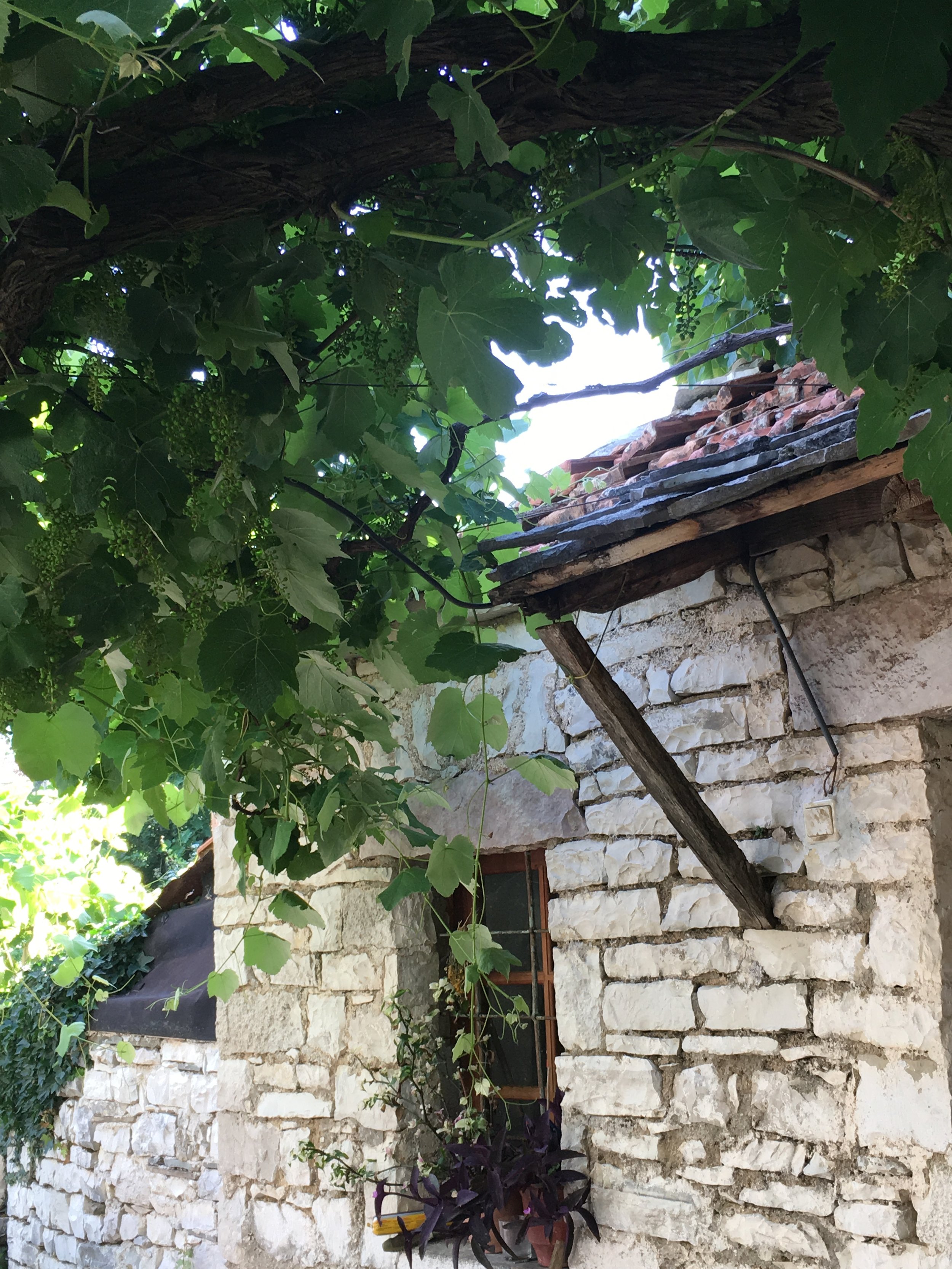Above photo courtesy of David Clarke, APLD.
DESIGNER PROFILE: Max Kanter
Interview by
Catherine McLaughlin,
Rodriguez & Satterthwaite Design Build Landscape, Inc.
APLD Greater LA
District Member & Communications Chair
Max Kanter
Saturate
APLD Greater LA District Member
& Technology Chair
Max Kanter is the co-founder of Saturate, a Los Angeles-based garden maintenance company founded in 2015 that focuses exclusively on the care of California native and climate appropriate gardens. Max and I met at the 2017 G3 Soil Summit and had much to discuss. Having had lots of experience with the whole design-build-maintenance process with my work at Rodriguez & Satterthwaite, I was over the moon to know that this focused, professional service was out there as these services are a major component of the future we all envision when designing gardens. It is my pleasure to introduce you to Max!
Describe your ‘aha’ moment…
Max Kanter: Wow, well I think it’d have to be 2014, at the height of the drought. During the drought, my partners and I started a newsletter called Drought 101. It became an episodic series to teach anyone curious about how our human impact on the landscape is integral to understanding the drought in California. In the series, we stated that planting native plants and embracing our climate adapted natural environment was the ‘#1’ way you could help mitigate the effects of climate change. This was a bold statement, I know, but to this day it’s at the core of our ethos. As we sent each newsletter, we began to get responses. Several dozen homeowners from around the state inquired with questions about their attempts to save water in their landscape. The process of transitioning to native and drought tolerant plantings seemed to create a lot of pain. We kept hearing over and over questions like, “how do I tell my gardener to care for the plants? Do you have any recommendations for a gardener for ‘these’ kinds of gardens? ” “I don’t know how many minutes my drip system needs to be now that it’s summer?” Bear in mind weren’t a gardening service at the time, but this certainly was an eye opening experience that lead us yearning to learn more about homeowner pain.
How is your approach for your company different than that of traditional landscape maintenance operations? How do you find / train / keep good workers?
MK: Our approach differs in a few ways. First, we develop a strong relationship with each client. Together, with the homeowner, we create a plan that fits their desires and budget. We also focus on garden guidance and education at every point of contact with the gardener. Second, our cadence between visits is vastly different. We tend to come seasonally to tend to the plantings, check the watering and maintain the soil. Most drought tolerant gardens without lawn only need a crew a few times a year, unless obviously it’s a sprawling estate, but most SoCal residents have modest spaces, which are our bread and butter clients.
As for finding and keeping gardeners, we’re looking for people passionate about having a positive impact on the land. You’d be shocked at how much interest we have for our apprentice position. People want to learn, work hard, and be outside. It’s great fun! We also pay our gardeners a competitive rate from our Head Gardeners down to our Apprentices. We see the experience as a gardener as ongoing education. So we’re constantly investing in the training of the best gardeners.
BEYOND CALIFORNIA: A Rooftop Jewel in Rio de Janeiro
by Amelia B. Lima, APLD
Amelia B. Lima & Associates, Inc.
APLD San Diego District Member & CA Chapter Advocacy Chair
Approximately eighty years ago, renowned landscape designer Roberto Burle Marx created a rooftop oasis in downtown Rio de Janeiro for the “Instituto de Resseguros do Brasil (IRB)”.
The building was developed by the architectural office of MM Roberto and constructed between 1939 to 1942 to house the public institute. The structure is a prime example of Brazilian modernism that followed the Bauhaus principles, including pillars on the street level, ribbon windows, open floor plans, and integration with nature.
For this special project on the tenth floor, Roberto collaborated with plastic artist Paulo Werneck who developed four large-scale tile murals for the location.
The garden was preserved until the early 1980’s, but it was completely destroyed to become a daycare for the female employees’ children. A roof was placed over the entire area, the water feature was filled with sand, and tile murals were covered or destroyed.
When IRB was privatized in the early 2000’s, the new board decided to recuperate the garden and the murals by calling on the Burle Marx Landscape Studio in Rio to recreate the garden the way Roberto first intended, and Isabel Ruas to recreate the tile murals. Through research of original drawings, watercolors, and photographs, they were able to bring back the garden and murals to their original condition.
Ruas had to use images of the artist standing in front of the original murals to be able to discover the size of the tiles. By knowing how tall he was, she could scale the entire mural and the individual pieces.
The team from Burle Marx Studio referred to the many notes regarding plant material changes done by Roberto along the years, to be able to resurrect the garden to its glory.
The garden has three levels. A large pond occupies the central area, where the depth of the water and soil is 40 cm deep. Two steps separate the higher central part of the garden from the area under the pergola, where the soil is only 10 cm deep—enough for grass to grow in between the stepping stones. Roberto created raised planters along the bottom of the murals to grow large shrubs that benefited from the extra soil depth, and to use their colorful foliage to contrast with the murals.
The plant material is a combination of native tropical and exotic species, considered experimental in those days. There are terrestrial orchids, tropical shrubs, ornamental grasses, and ground covering plants.
The pond’s highly reflective water offers a constant changing surface by mirroring the clouds above; its curved edges are echoed by the sinuous stone path and the various colorful beds. He filled some of the beds with brick-colored balls, others with white sand, and some with plants of contrasting colors.
The small fish that swim in the pond and among the aquatic plants play an important role of controlling mosquito larvae from proliferating.
The oceanfront that now seems to be far away in the horizon used to be much closer to the building’s front facade, before the “Aterro do Flamengo” was created on reclaimed land.
IRB has done an impressive job to recuperate this important work of art, preserving it for future generations to admire and learn from the masters of modern garden design and murals, Roberto Burle Marx and Paulo Werneck, respectively.
Photos courtesy of Amelia B. Lima, APLD.
In February of next year, I will be leading a tour to visit gardens in South Florida, which will include: public gardens lead by the garden's curators and directors, and private gardens designed by Raymond Jungles.
The tour is organized by Pacific Horticulture and will take place on February 12-17, 2019. Find more info here.
BEYOND CALIFORNIA: Flora Highlights of Macedonia
by Debbie Gliksman, APLD
Urban Oasis Landscape Design
APLD Greater Los Angeles Program Chair
I recently traveled to the Balkans, in southeastern Europe, where I was struck by how green everything was. Landing in the city of Skopje, capital of Macedonia (pronounced Skope-yeh), it seemed to be perfumed with the heady smell of Linden blossoms and an abundance of flowers.
The word ‘Balkan’ is Turkish and means mountain, and the area is dominated by numerous forested mountains and wildflower meadows. Water resources are abundant, and although the Balkans boast a Mediterranean climate zone, they enjoy a healthy 40–60 inches of rain a year.
Culturally rich with a complicated political history, the area is bursting with flora and fauna. Being so mountainous, stone is everywhere—the buildings, the walls, the roads—serving as a pretty foil to the myriad of wildflowers forcing their way through every nook and cranny. Cobbled streets wind up and around ancient stone houses. This must be what all of Europe was like 100 years ago. In spite of the verdant landscape, people take pains to add even more. Flowers are bursting in every yard with ubiquitous garden pots in front of every house, restaurant, and shop. Grape vines seem to grace every house and vegetable gardens are the norm.
Red poppies (Papaver rhoeas) were growing everywhere—popping out of walls, filling fields. It was thrilling to see many of my stalwart Mediterranean plant choices naturalized in the wild. Cotinus coggygria, Phlomis fruticosa, Euphorbia varieties, Juncus, Chamomile, Hibiscus, and some I didn’t know. The landscape is so verdant with fields of delicate wildflowers blooming all along the way. Entire mountainsides are planted with terraces of olive trees. It’s a region of exceptional natural beauty!
Photos courtesy of Debbie Gliksman, APLD.
